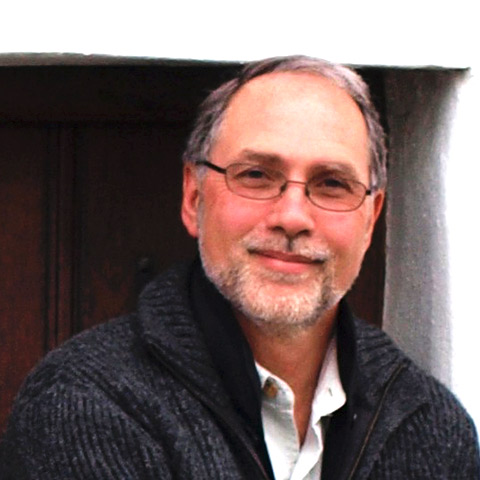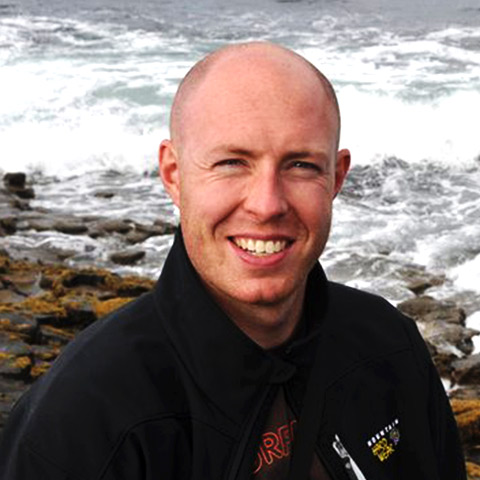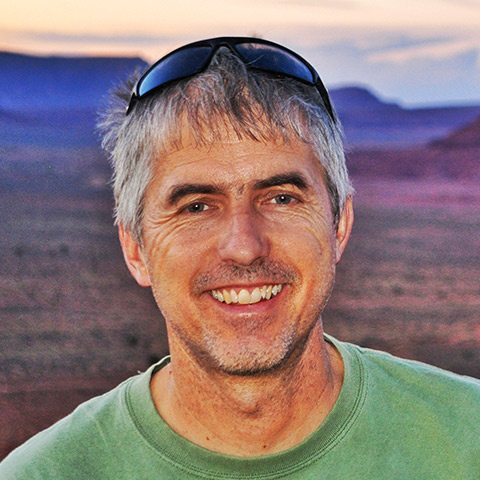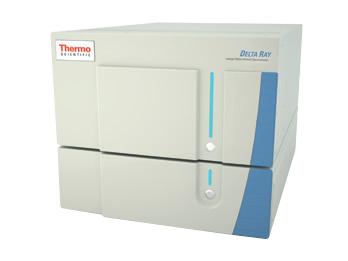Anthropocene Epoch: Impacting Climate Change & Oceans
Studies are showing that increased atmospheric CO2, the result of burning of fossil fuels, are being absorbed by the oceans resulting in the acidification of water. This poses substantial risks to all types of marine ecosystems and impacts the physiology, behavior, and population dynamics of all species. One of the most impacted organisms by ocean acidification are coral reefs which are key ecosystems in the oceans. Coral reefs are vulnerable to temperature and pH levels of water and this in turn puts ecosystems dependent on corals in danger.
Listen to Prof. Marcus Elvert,
Sr. Scientist at MARUM University
(Germany) talk about ocean
acidification in this podcast.









